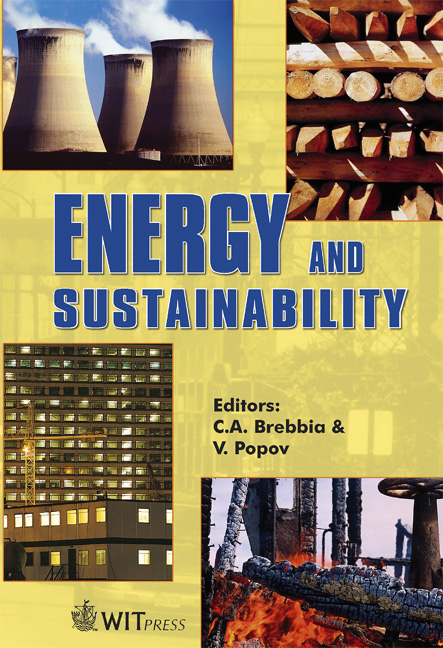The Use Of The Life Cycle Assessment (LCA) Conception For Mittal Steel Poland SA Energy Generation – Krakow Plant Case Study
Price
Free (open access)
Transaction
Volume
105
Pages
10
Published
2007
Size
396 kb
Paper DOI
10.2495/ESUS070171
Copyright
WIT Press
Author(s)
B. Bieda
Abstract
Life cycle assessment (LCA) is an environmental methodology for assessing the environmental effects associated with a product, process or activity and is useful as an information tool for the examination of different scenarios for future decision support strategies. This paper provides an overview of LCA and life cycle inventory (LCI) techniques for energy production proposed for the Power Plant of Mittal Steel Poland in Krakow, Poland. In this paper, an energy medium generation scenario is presented, including electric energy, technology practice steam, blast to iron blast furnace, hot water, demineralizing and degassing water for hot rolling mill, BOF blast oxygen furnace (BOF), cokery, as well as steel continuous casting and BOF. In this paper LCA is limited to the inventory analysis., i.e. the determination the environmental interventions. Environmental interventions are defined within the LCA-methodology as \“the exchanges between the anthroposphere (economy) and the environment including resources use, emission to air, water, or soil” [5]. Keywords: life cycle assessment (LCA), life cycle inventory (LCI), boundary system, Environmental Management Standard, energy generating. 1 Introduction Krakow, a city with a population of 850 000, is the old capital of Poland and an important centre of European science and culture. Mittal Steel Poland consists of four plants located in Dabrowa, Krakow, Sosnowiec and Swietochlowice. It boasts a full production system – from pig iron to final, highly processed steel products – producing around 6.5 million tons of crude steel annually. Today,
Keywords
life cycle assessment (LCA), life cycle inventory (LCI), boundary system, Environmental Management Standard, energy generating.





